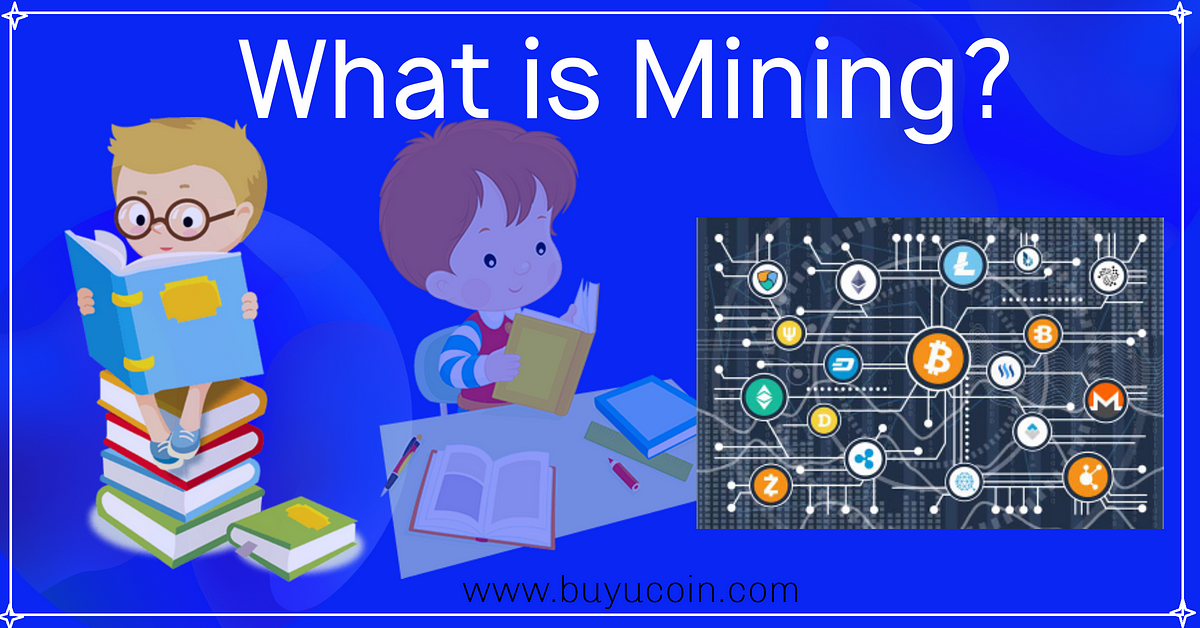What is a cryptocurrency
So if we’re talking about earning free crypto with Coinbase Earn (staking rewards), it comes down to the actual crypto amount already owned and the current APY (annual percentage yield) of the stakable asset. Working conditions in an escort Note that the APY is very volatile and reflects the market conditions.
• The program gives free crypto for completing crypto tutorials and understanding the presented educational cryptocurrency content. The learning rewards program will allow you to earn money for completing quizzes for crypto.
Opportunities to earn free crypto are abundant. Nowadays, there’s a way to earn crypto for just about any user, even by playing games, taking surveys, or watching videos. You can also earn crypto passively by staking or participating in airdrops. As great as these opportunities are, always be aware of the risks and be alert to scams.
You can also check the settings under “My earnings” to allow Coinbase to automatically stake any of the eligible stackable assets from your account (Cardano, Cosmos, Ethereum Polkadot, Solana, or Tezos).
Yes, play-to-earn games are becoming increasingly popular due to the ease with which users can earn free crypto. Some of the top crypto games include League of Kingdoms and Axie Infinity. In addition to earning crypto for playing, items earned in the games become NFTs and belong to the player. They are then eligible to be traded in an NFT market.
Top 10 cryptocurrencies
Please note that our privacy policy, terms of use, cookies, and do not sell my personal information have been updated.CoinDesk is an award-winning media outlet that covers the cryptocurrency industry. Its journalists abide by a strict set of editorial policies. CoinDesk has adopted a set of principles aimed at ensuring the integrity, editorial independence and freedom from bias of its publications. CoinDesk is part of the Bullish group, which owns and invests in digital asset businesses and digital assets. CoinDesk employees, including journalists, may receive Bullish group equity-based compensation. Bullish was incubated by technology investor Block.one.
Welcome to CoinMarketCap.com! This site was founded in May 2013 by Brandon Chez to provide up-to-date cryptocurrency prices, charts and data about the emerging cryptocurrency markets. Since then, the world of blockchain and cryptocurrency has grown exponentially and we are very proud to have grown with it. We take our data very seriously and we do not change our data to fit any narrative: we stand for accurately, timely and unbiased information.

Please note that our privacy policy, terms of use, cookies, and do not sell my personal information have been updated.CoinDesk is an award-winning media outlet that covers the cryptocurrency industry. Its journalists abide by a strict set of editorial policies. CoinDesk has adopted a set of principles aimed at ensuring the integrity, editorial independence and freedom from bias of its publications. CoinDesk is part of the Bullish group, which owns and invests in digital asset businesses and digital assets. CoinDesk employees, including journalists, may receive Bullish group equity-based compensation. Bullish was incubated by technology investor Block.one.
Welcome to CoinMarketCap.com! This site was founded in May 2013 by Brandon Chez to provide up-to-date cryptocurrency prices, charts and data about the emerging cryptocurrency markets. Since then, the world of blockchain and cryptocurrency has grown exponentially and we are very proud to have grown with it. We take our data very seriously and we do not change our data to fit any narrative: we stand for accurately, timely and unbiased information.
To the extent any recommendations or statements of opinion or fact made in a story may constitute financial advice, they constitute general information and not personal financial advice in any form. As such, any recommendations or statements do not take into account the financial circumstances, investment objectives, tax implications, or any specific requirements of readers.
Created in 2009 by Satoshi Nakamoto, bitcoin (BTC) is the original cryptocurrency. As with most cryptocurrencies, BTC runs on a decentralised blockchain technology, which is a ledger logging transactions distributed across a network of thousands of computers. Because additions to the distributed ledgers must be verified by solving a cryptographic puzzle, a process called proof of work, bitcoin is kept secure and safe from fraudsters.
What is cryptocurrency mining
Interestingly enough, though, not all cryptocurrencies are mined. Rather than use proof of work, some currencies—like Cardano and Ripple—use something called “proof of stake.” They still operate on blockchain for reasons of security, but instead of mining new blocks you “stake ” them instead, claiming them for yourself ahead of time.
Last but not least, there are the changes that happen at the protocol level. For example, the halving of Bitcoin can affect mining profitability as it cuts the reward for mining a block in half. In addition, Ethereum switched completely from the PoW to the Proof of Stake (PoS) consensus mechanism in September 2022, which made mining unnecessary.
However, you can use average block times and block rewards to calculate the blockchain’s creation rate. For example, on Nov. 6, 2024, the blockchain’s average block time was 9.412 minutes, and the reward was 3.125 bitcoins. So, the formula would be:

Interestingly enough, though, not all cryptocurrencies are mined. Rather than use proof of work, some currencies—like Cardano and Ripple—use something called “proof of stake.” They still operate on blockchain for reasons of security, but instead of mining new blocks you “stake ” them instead, claiming them for yourself ahead of time.
Last but not least, there are the changes that happen at the protocol level. For example, the halving of Bitcoin can affect mining profitability as it cuts the reward for mining a block in half. In addition, Ethereum switched completely from the PoW to the Proof of Stake (PoS) consensus mechanism in September 2022, which made mining unnecessary.
However, you can use average block times and block rewards to calculate the blockchain’s creation rate. For example, on Nov. 6, 2024, the blockchain’s average block time was 9.412 minutes, and the reward was 3.125 bitcoins. So, the formula would be:

